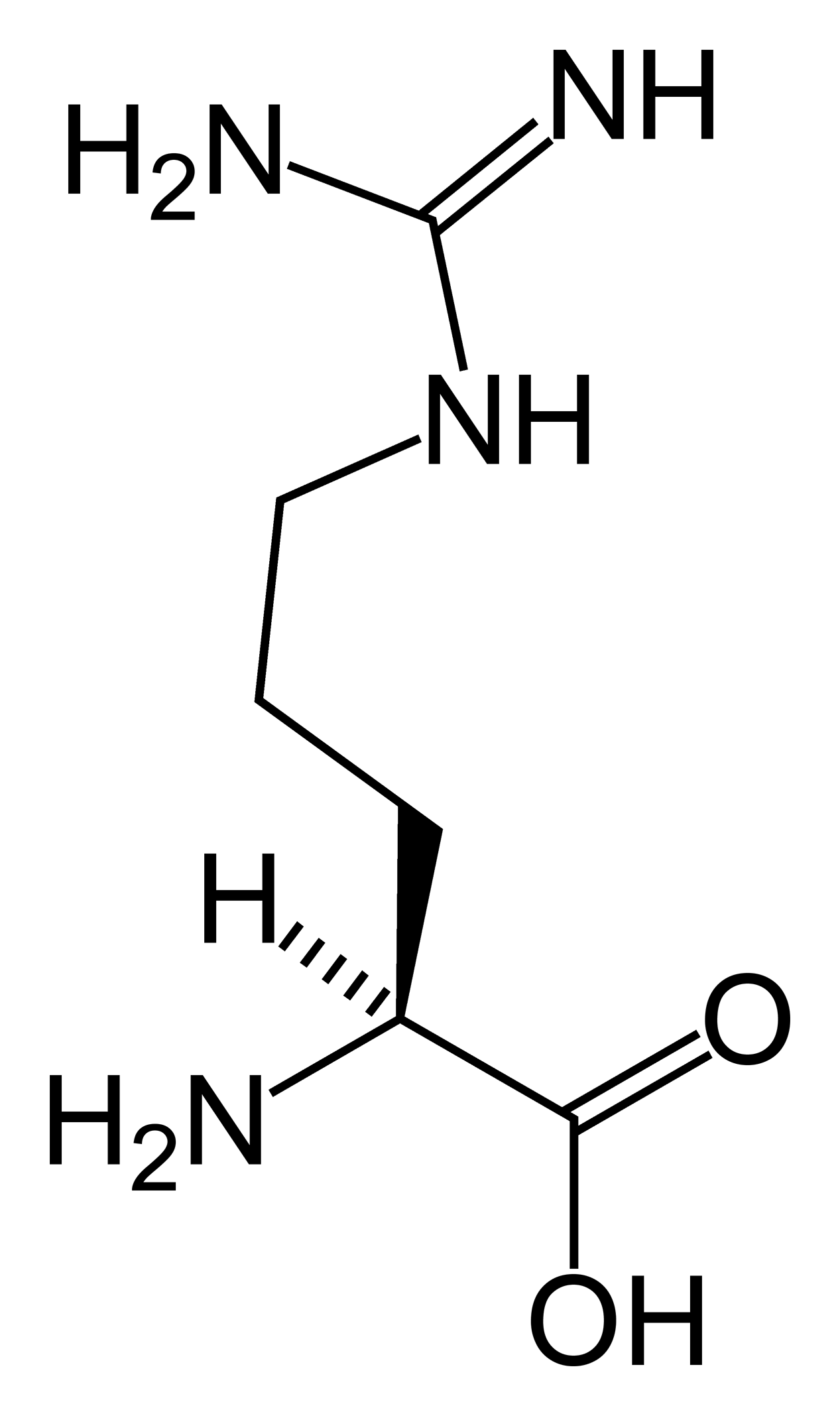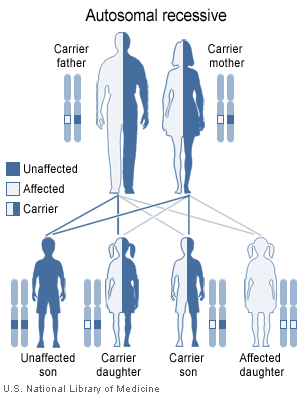Argininemia
|
WikiDoc Resources for Argininemia |
|
Articles |
|---|
|
Most recent articles on Argininemia Most cited articles on Argininemia |
|
Media |
|
Powerpoint slides on Argininemia |
|
Evidence Based Medicine |
|
Clinical Trials |
|
Ongoing Trials on Argininemia at Clinical Trials.gov Clinical Trials on Argininemia at Google
|
|
Guidelines / Policies / Govt |
|
US National Guidelines Clearinghouse on Argininemia
|
|
Books |
|
News |
|
Commentary |
|
Definitions |
|
Patient Resources / Community |
|
Patient resources on Argininemia Discussion groups on Argininemia Patient Handouts on Argininemia Directions to Hospitals Treating Argininemia Risk calculators and risk factors for Argininemia
|
|
Healthcare Provider Resources |
|
Causes & Risk Factors for Argininemia |
|
Continuing Medical Education (CME) |
|
International |
|
|
|
Business |
|
Experimental / Informatics |
Editor-In-Chief: C. Michael Gibson, M.S., M.D. [1]; Associate Editor(s)-in-Chief:
| Argininemia | |
 | |
|---|---|
| Arginine | |
| OMIM | 207800 |
| DiseasesDB | 29677 |
| eMedicine | ped/132 |
| MeSH | D020162 |
Overview
Argininemia, also called arginase deficiency,[1] is an autosomal recessive[2] urea cycle disorder where a deficiency of the enzyme arginase causes a build up of arginine and ammonia in the blood.
Ammonia, which is formed when proteins are broken down in the body, is toxic if levels become too high. The nervous system is especially sensitive to the effects of excess ammonia.
Historical Perspective
Classification
Pathophysiology
Genetics

Mutations in the ARG1 gene cause argininemia.
Argininemia belongs to a class of genetic diseases called urea cycle disorders. The urea cycle is a sequence of reactions that occurs in liver cells. This cycle processes excess nitrogen, generated when protein is used by the body, to make a compound called urea that is excreted by the kidneys.
The ARG1 gene provides instructions for making an enzyme called arginase. This enzyme controls the final step of the urea cycle, which produces urea by removing nitrogen from arginine. In people with arginase deficiency, arginase is damaged or missing, and arginine is not broken down properly. As a result, urea cannot be produced normally, and excess nitrogen accumulates in the blood in the form of ammonia. The accumulation of ammonia and arginine are believed to cause the neurological problems and other signs and symptoms of arginase deficiency.
This condition is an autosomal recessive disorder, which means the defective gene is located on an autosome, and two copies of the defective gene are required to inherit the disorder. Both parents of an individual with an autosomal recessive disorder are carriers of one copy of the gene, but usually do not have the disorder.
Causes
Differentiating Argininemia from Other Diseases
Epidemiology and Demographics
Risk Factors
Screening
Natural History, Complications, and Prognosis
Diagnosis
Argininemia usually becomes evident by about the age of 3. It most often appears as stiffness, especially in the legs, caused by abnormal tensing of the muscles (spasticity). Other symptoms may include slower than normal growth, developmental delay and eventual loss of developmental milestones, mental retardation, seizures, tremor, and difficulty with balance and coordination (ataxia). Occasionally, high protein meals or stress caused by illness or periods without food (fasting) may cause ammonia to accumulate more quickly in the blood. This rapid increase in ammonia may lead to episodes of irritability, refusal to eat, and vomiting.
In some affected individuals, signs and symptoms of argininemia may be less severe, and may not appear until later in life.
Diagnostic Criteria
History and Symptoms
Physical Examination
Laboratory Findings
Imaging Findings
Other Diagnostic Studies
Treatment
Medical Therapy
Surgery
Prevention
External links
- Argininemia at NLM Genetics Home Reference
References
- ↑ Online Mendelian Inheritance in Man (OMIM) 207800
- ↑ Uchino, T; Snyderman, Se; Lambert, M; Qureshi, Ia; Shapira, Sk; Sansaricq, C; Smit, Lm; Jakobs, C; Matsuda, I (1995). "Molecular basis of phenotypic variation in patients with argininemia" (Free full text). Human genetics. 96 (3): 255–60. doi:10.1007/BF00210403. ISSN 0340-6717. PMID 7649538. Unknown parameter
|month=ignored (help)